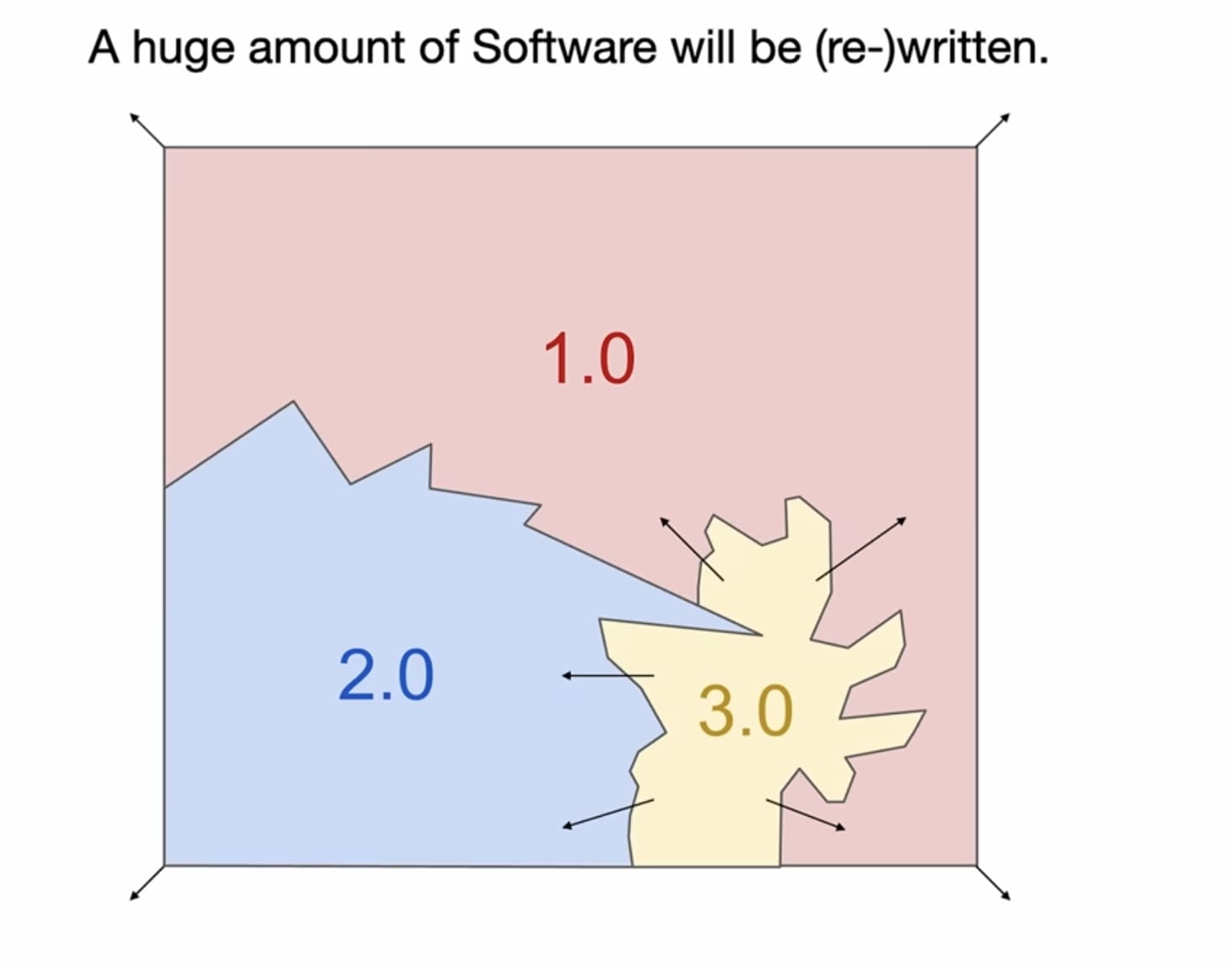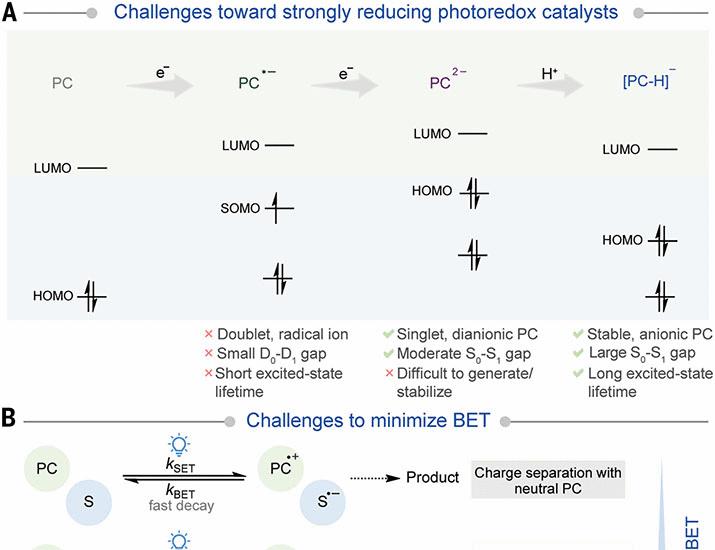Now Reading: Software 3.0 By Karpathy
-
01
Software 3.0 By Karpathy
Software 3.0 By Karpathy

Andrej Karpathy discusses the transformative changes in software development driven by large language models (LLMs) and artificial intelligence, comparing the current era to the early days of computing.
Key Points:
LLMs as Simulators of Human Thought:
Karpathy explains that large language models (like those powering modern AI) act as “simulators” of people, trained on vast amounts of internet text. These models exhibit emergent, human-like psychology due to their training data and architecture
Superhuman Memory, Humanlike Deficits:
He likens LLMs to the character in the movie “Rainman”—possessing encyclopedic memory and the ability to recall vast information, but also prone to cognitive deficits such as hallucinations and making up facts
Technical Foundations:
The core technology is the transformer neural network, which processes text in chunks (“tokens”) with similar computational effort for each chunk. The model’s capabilities stem from fitting weights to massive text corpora
Current Limitations:
While LLMs have “superpowers” in memory and recall, they are not infallible. They can hallucinate and generate inaccurate information, highlighting the need for cautious use
Overall Message:
Karpathy suggests we are in the early, formative stages of AI development—comparable to the 1960s in computer history—where foundational technologies are being established, and the full impact on software and society is yet to unfold







Karpathy framed Software 3.0 as the latest evolution in a trilogy of software development paradigms:
Software 1.0: Traditional programming, where developers write explicit instructions in languages like Python or C++. This approach demands precision and a deep understanding of syntax and logic to direct the computer step-by-step.
Software 2.0: The era of neural networks, where instead of hand-coding rules, developers train models by feeding them data. The “code” becomes the model’s weights, refined through optimization rather than explicit instructions.
Software 3.0: The current frontier, where LLMs serve as programmable systems that interpret natural language prompts. Here, developers—or even non-developers—can simply describe what they want in plain English (e.g., “Build a website that tracks my daily tasks”), and the AI generates the corresponding code.




Karpathy described LLMs as “the new computers,” programmable not with code but with human language. This shift dramatically lowers the entry barrier, enabling anyone with an idea to create software without needing to master traditional programming skills.
Implications of Software 3.0
The transition to Software 3.0 carries significant implications for software development and beyond:
Democratization of Software Creation: By allowing programming via natural language, Software 3.0 opens the door to non-technical individuals. This inclusivity could spark innovation from diverse fields, as people no longer need years of coding experience to bring their ideas to life.
Evolving Role of Programmers: Traditional coders may shift from writing lines of code to crafting effective prompts, validating AI outputs, and managing complex systems. Their expertise will focus on guiding and refining AI behavior rather than building everything from scratch.
Increased Efficiency: Tools like GitHub Copilot and Cursor exemplify how Software 3.0 accelerates development. Tasks such as debugging, code generation, or feature implementation can be completed faster by describing the goal rather than coding it manually.
Critical Aspects of Software 3.0
Karpathy highlighted several critical aspects of Software 3.0 during his presentation:
LLMs as a Computing Platform: He likened LLMs to utilities like electricity. Training these models is a massive upfront investment (akin to building a power grid), while using them through APIs is like paying for metered usage. This analogy underscores their role as a scalable, accessible resource.
The Autonomy Slider: Drawing from his Tesla Autopilot experience, Karpathy introduced the “autonomy slider” concept. This allows users to adjust how much control the AI has—from minimal assistance (e.g., suggesting code snippets) to full autonomy (e.g., generating entire applications). It offers flexibility based on the task and user preference.
Partial Autonomy in Practice: He advocated for applications that balance AI assistance with human oversight. Tools like Cursor, which help developers write and review code, embody this approach, ensuring AI enhances productivity without taking over entirely.
Challenges and Limitations
While Software 3.0 holds immense promise, Karpathy also addressed its hurdles:
LLM Errors and Hallucinations: LLMs can produce flawed outputs, such as fabricated facts or illogical code, due to their “jagged intelligence.” They excel in some areas but falter in others, like basic arithmetic or consistent spelling, requiring careful validation.
Lack of Persistent Memory: LLMs suffer from “anterograde amnesia,” meaning they don’t retain context or learn from past interactions over time. This limits their ability to develop expertise, though tools like ChatGPT are beginning to address this with memory features.
Security and Reliability Risks: Prompt injections and other vulnerabilities pose threats to AI-generated software. Karpathy stressed the need to “keep AI on a leash,” emphasizing human supervision to ensure safety and correctness.
Key Takeaways
Karpathy’s talk painted Software 3.0 as a transformative leap in software development, with both exciting possibilities and notable caveats. The key takeaways include:
Universal Accessibility: Software 3.0 empowers anyone who can articulate a problem in natural language to become a creator, not just trained programmers.
Human Oversight Remains Essential: Despite AI’s capabilities, human judgment is critical to catch errors, ensure security, and maintain control over the development process.
A New Software Era: As LLMs integrate into the tech stack, Software 3.0 could redefine how software is built, positioning AI as a foundational layer akin to operating systems or programming languages.






Brian Wang is a Futurist Thought Leader and a popular Science blogger with 1 million readers per month. His blog Nextbigfuture.com is ranked #1 Science News Blog. It covers many disruptive technology and trends including Space, Robotics, Artificial Intelligence, Medicine, Anti-aging Biotechnology, and Nanotechnology.
Known for identifying cutting edge technologies, he is currently a Co-Founder of a startup and fundraiser for high potential early-stage companies. He is the Head of Research for Allocations for deep technology investments and an Angel Investor at Space Angels.
A frequent speaker at corporations, he has been a TEDx speaker, a Singularity University speaker and guest at numerous interviews for radio and podcasts. He is open to public speaking and advising engagements.























